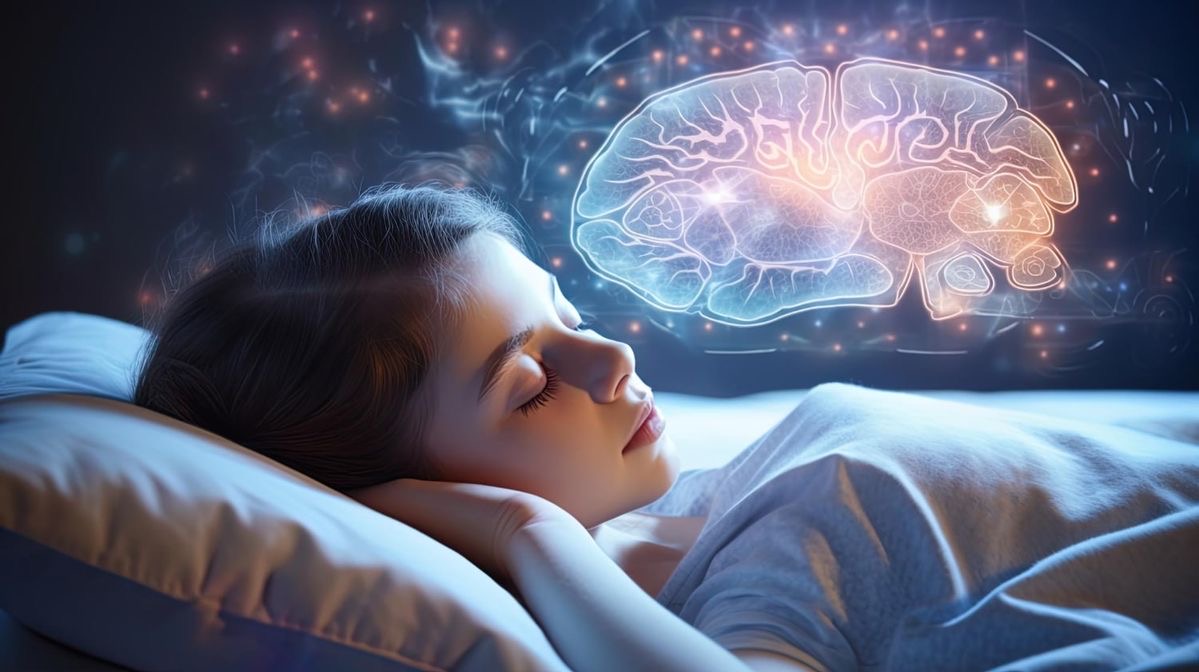Why should a Primary care Physician know about the Physiology of Sleep?

To truly connect patient symptoms to what’s happening in their bodies, it’s important for physicians to understand the differences between wakefulness, non-REM (NREM) sleep, and REM sleep. Each phase of sleep comes with its own distinct physiological patterns — and these can have real-world impacts on health.
Take, for instance, the higher occurrence of cardiac events during REM sleep. This isn’t just a coincidence. It ties directly to the unique physiology of REM and how the autonomic nervous system interacts with the cardiovascular system during this phase. Recognizing these links helps physicians not only explain patient symptoms but also anticipate potential risks.
Similarly, understanding sleep physiology — along with the role of circadian rhythms — helps in appreciating the full impact of sleep deprivation on the body. When doctors are familiar with how normal sleep is supposed to work, they are better equipped to recognize when something goes wrong.
When it comes to diagnosing sleep disorders, tools like polysomnography are invaluable. These tests monitor multiple physiological signals throughout the night, from brain waves to breathing patterns and heart rhythms. But reading a polysomnography report isn’t just about spotting abnormalities — it’s about knowing what physiological changes are normal for each sleep stage. With a trained eye, subtle clues can surface long before major disease symptoms appear.
For example, if a patient complains of night sweats and palpitations, and a brief arrhythmia is detected during sleep, it might hint at an underlying cardiovascular issue needing further investigation. Similarly, an increased frequency of unexplained microarousals — small disruptions in sleep — could point to issues like desaturations (drops in blood oxygen), arrhythmias, or respiratory disturbances. Or they could suggest something spontaneous that needs further categorization.
In short, a deep understanding of sleep physiology sharpens clinical judgment. It allows physicians not just to treat sleep problems, but to catch early warning signs of broader health conditions — sometimes before the patient even knows there’s a problem.



Comments (0)